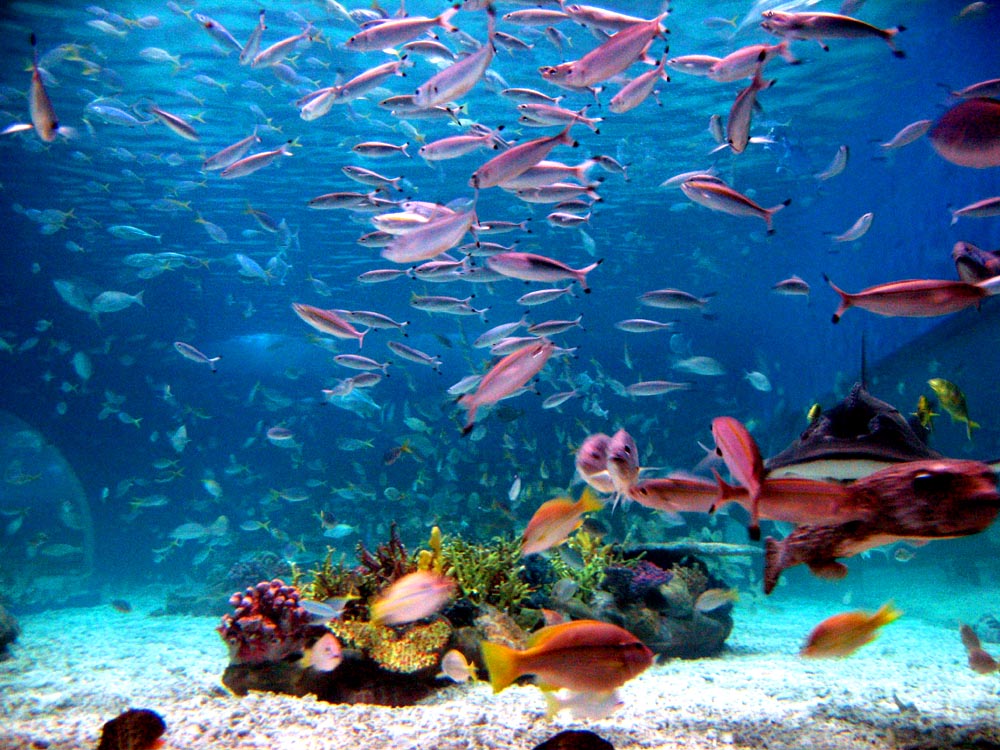The Philippines may be the center of marine diversity in the world, but ironically, the country doesn’t have an oceanarium to boast of, like the ones in Hong Kong, Singapore or Japan.
"Better late than never," remarked Robert Dean Barbers, Philippine Tourism Authority (PTA) general manager, as the country is set to open its first world-class marine park in December.
The Php1.2 -billion Manila Ocean Park, located behind the Quirino Grandstand at the Rizal Park in Manila, is the world’s first marine theme park to adopt a "fusion concept", housing an oceanarium, a mall, a boutique hotel and open marine habitats. "All over the world, people have been saying that our country is the center of marine biodiversity. This is the time to be proud and show the world what we have," Barbers said.
The Biggest in Asia
Manila Ocean Park president Lim Chee Yong proudly said that the marine park would be among the most advanced ocean parks in Asia. It could also well be one of the biggest in Asia with an area larger than the famous Sentosa oceanarium in Singapore.
"Sentosa is 6,000 square meters while this one is 8,000 square meters," Lim said. He also compared the Manila Ocean Park with Hong Kong Ocean Park adding that although it has lots of fun rides, "the Hong Kong Ocean Park showcases a smaller oceanarium."
The Oceanarium will feature more than 20,000 marine inhabitants of approximately 300 species. And unlike other oceanariums in Asia, the Manila Ocean Park will be getting marine species from our own waters.
"The park aims to combine education with entertainment," said Barbers. "One of the main thrusts of Manila Ocean Park is to promote awareness about marine conservation and preservation."
A memorandum of agreement was signed recently by the Manila Ocean Park and the Department of Education (DepEd) to develop a comprehensive school program and an advocacy campaign dubbed "Love for Marine Life" to be included in the curriculum of students in Grade 3 and 4.
"We expect some 1.5 million visitors to Manila Ocean Park in 2008," said Tina Santos, Manila Ocean Park marketing manager.
A team of marine biologists and scientists has been working together with the Department of Environment and Natural Resources (DENR) in putting together the various aquariums. She added that the park would not include protected and endangered species.
On a daily basis, an appoximately 10,000 guests can be accommodated in the park. Aside from providing jobs to 2,000 Filipinos, the project would earn the government Php 20 million annually in rental fees.
A Deeper Experience
The Manila Ocean Park’s Oceanarium promises a "deeper experience" as it features an assortment of colorful fishes and invertebrates indigenous to the Philippines and Southeast Asia contained in 12,000 cubic meters of seawater.
The Oceanarium journey is divided into six sections and each section will carry a Filipino name: "Agos"; "Bahura"; "Buhay na Karagatan"; "Pating"; "Ang Kailaliman"; and "Laot".
replicates the water flow from a fresh water source that eventually leads to the open ocean, creating a model of interconnectedness between land and sea.
It then takes one through the different depths of the sea showcasing each area’s beautiful and natural inhabitants.
Its main attraction is a 25-meter long, 220 degree curved acrylic walkway tunnel. Visitors will be exploring the secrets of the ocean and surrounded by such underwater wonders without actually getting wet.
The Oceanarium also has a multi-purpose hall which will house interactive multi-media educational exhibits and capable of hosting various functions.
After the journey, one can enjoy a sumptuous meal at "Tagpuan", an al fresco dining facility. Entrance fees will range between Php 200 (for students) to Php 400.

